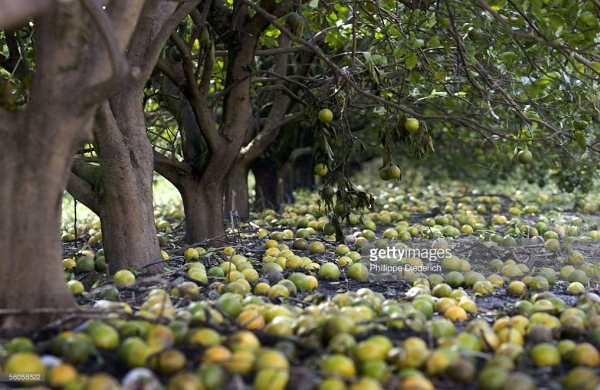Hurricane Irma could punch a hole in agricultural production across Florida, the second-largest source of produce among the 50 states after California.
Damage to Florida’s farmlands could affect U.S. food prices and farm income for months, or years, to come.
Florida has nearly 10 percent of the nation’s farmland for the production of fresh fruits and vegetables and ranks as the number one source of green beans, cucumbers, oranges, squash, sugarcane and tomatoes.
Hurricane Irma’s threat to agriculture pushed prices for orange juice futures to their highest level since May. The benchmark contract price for U.S. sugar on Sept. 6 was the highest since July.
Florida oranges may be less vulnerable to hurricane damage now than later in the season, when they will be full-size and more likely to blow off trees, said Dean Mixon, president of Mixon Fruit Farms in Bradenton.
But the risks to orange producers remain serious. Mixon said his family needed two years to recover after Hurricane Donna in 1960, the last hurricane that damaged their groves.
Hurricane Irma’s timing is favorable for tomato producers because most seedlings for the next crop haven’t been planted yet, said Reggie Brown, executive vice president of the Florida Tomato Exchange and a farmer outside Immokalee.
After Irma exits Florida, some farmers will have limited financial resources to cover their losses. A federally subsidized crop insurance program provides patchwork coverage. Government data shows that about 300,000 acres of the state’s 367,500 acres dedicated to orange production are insured.
But only about half of the state’s fresh-tomato producers are insured, and insurance for strawberries is available only in California.
Crops produce in smaller volumes lack the acreage to make insuring them feasible, said John-Walt Boatright, spokesman for the Florida Farm Bureau Federation. [Bloomberg] — Mike Seemuth




